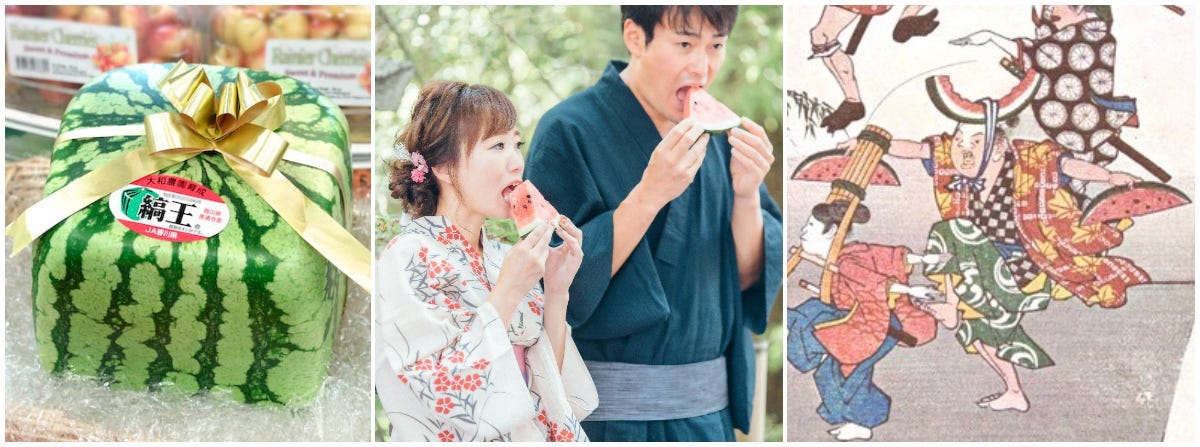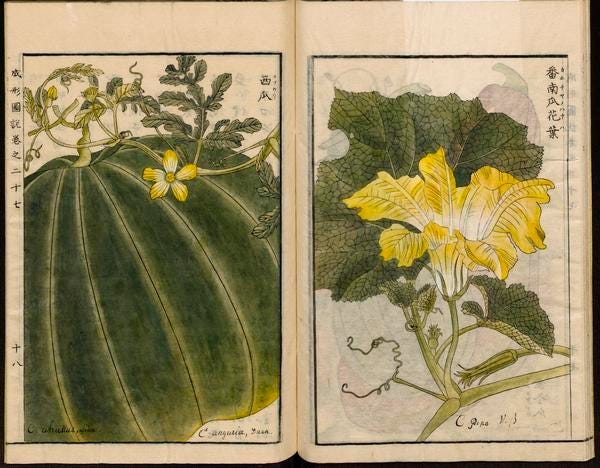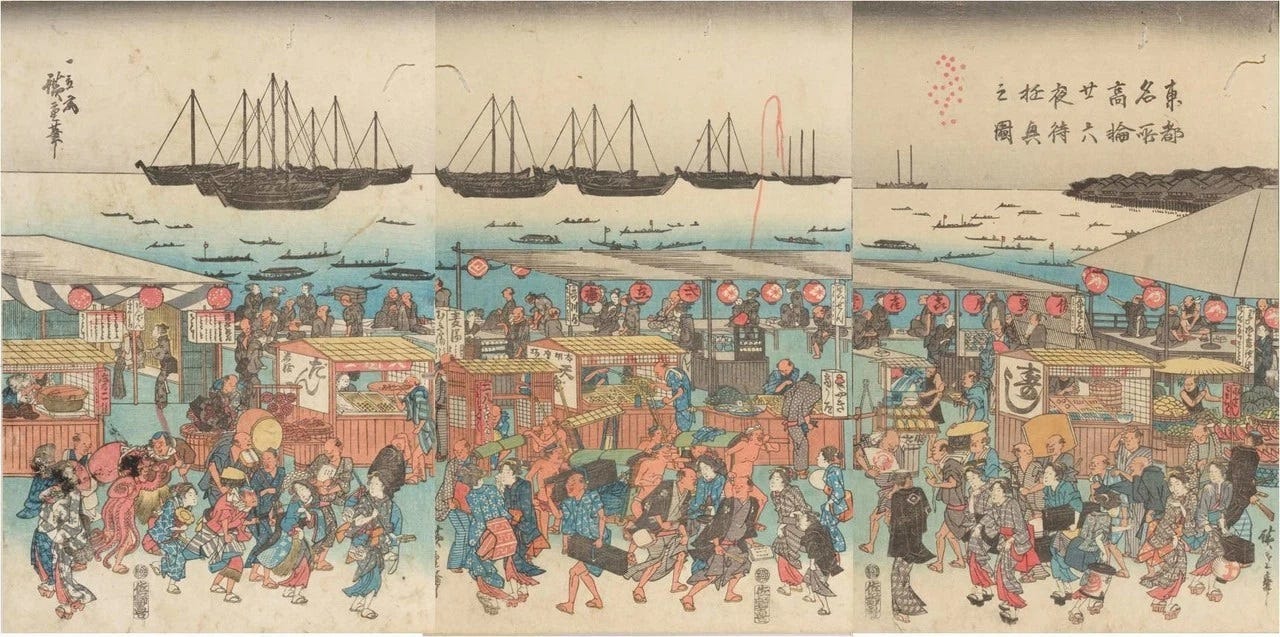How Japan Takes Love for Watermelons to a Whole New Level
I admit some of our behaviours may look too much

During my trips in Southeast Asia, I am almost always seen drinking watermelon juice. I am aware that in a few countries, watermelon is associated with poverty and even racial prejudice, but I have no intention of changing this habit.
For many Japanese people, watermelon is not just a fruit, but a source of pure joy. It is intertwined with all kinds of beautiful summer memories. The aroma, colour, shape, and texture of this delightful fruit bring a sense of happiness and nostalgia.
Watermelon has consistently ranked as the most popular fruit in summer. If you visit a Japanese friend’s house during this season, you are likely to be asked, ‘How about some watermelon?’ You will also see people carefully carrying watermelons as they walk down the street.
This article shares how watermelon has been a favourite fruit of the Japanese for centuries and how we have enjoyed it in various ways, not just by eating it. Take a peek at our excessive love for this fruit!
Watermelons spread throughout Japan during the Edo period

Not all great loves have memorable encounters. This fruit native to Africa is thought to have been introduced to Japan via China (Tang Dynasty) during the Heian period (794–1185), but the details remain unclear.
The start of widespread cultivation is believed to have been either after Portuguese traders brought pumpkin and watermelon seeds to Nagasaki in 1579, or after the prominent monk Ingen Ryūki brought seeds from China (Qing dynasty) in 1654.
In any case, written records confirm that full-scale cultivation began in the early Edo period (1603–1868) and spread throughout the country by the late Edo period.
In China, it was called ‘西瓜 (xīguā)’ meaning ‘Western melon,’ as it came from the West, which is Central Asia in this case. Japan adopted the same characters and gave it the Japanese pronunciation ‘suika (すいか or スイカ).’
The sometimes comical watermelon culture as seen in ukiyo-e prints

One of the important features of ukiyo-e is its vivid depiction of Edo period customs. So, of course, you can see watermelons there. Let’s dive into the scenery of that time and search for these fruits.



